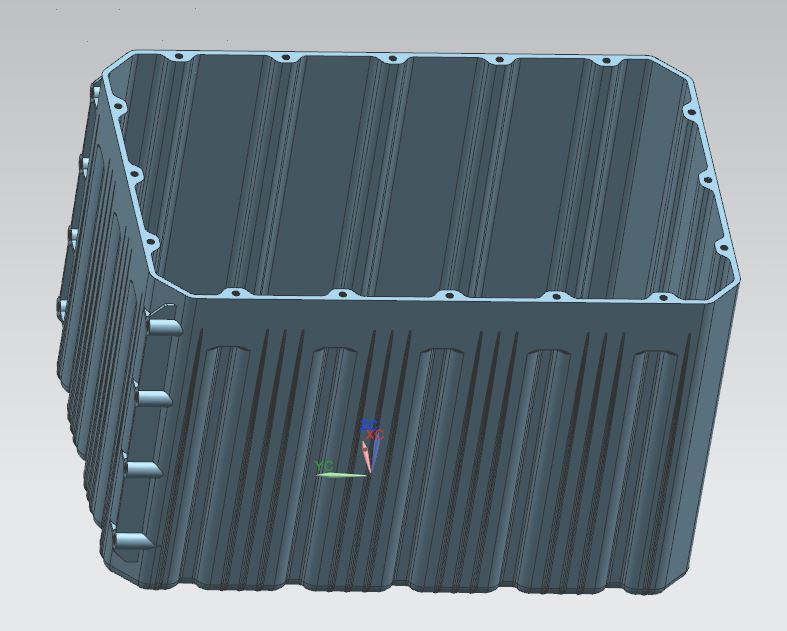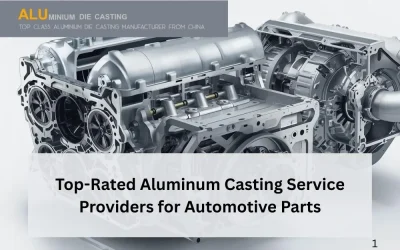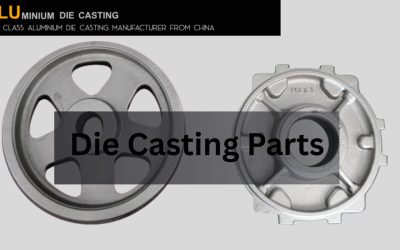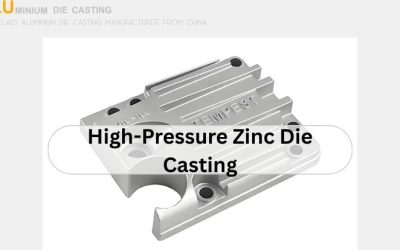The Art of Manufacturing High-Quality Aluminum Cast Housing
Aluminum Cast housing is effective at protecting and supporting components in pumps, gearboxes, transmissions, and other systems. For its durability, corrosion resistance, and strength, aluminum is often a top choice for manufacturers and users of cast housings.
Have you ever wondered how the manufacturer comes up with the best aluminum cast housing? As experts in sand casting and other types of aluminum casting, we are pleased to take you through the steps. We hope this overview offers insights into why our aluminum cast housing products are among the most sought-after globally.
The Design: Setting the Stage for Quality Products
Manufacturing a quality aluminum cast housing has a lot to do with how one handles this initial stage of manufacturing. The engineers consider several factors here to ensure that the resulting housing serves several needs, mostly on functionality.
One of the most important considerations for our aluminum cast housing design is the size and weight of the product. We optimize the dimensions and details to ensure that the parameters stay within the specifications.
Talking of parameters, it is important to adhere to the best practices of aluminum casting in terms of wall thickness and geometry of the parts. For instance, there is usually a thin line between the wall thickness and the strength of the housing. You want to strike a balance between such elements at the design stage.
Other points to consider when designing the aluminum cast housing are undercuts, draft angles, and the surface finish.
Next, the selection of the best aluminum alloy
The list of aluminum alloys for cast housing can be confusing. Many of the options have good attributes that could easily sway one’s judgment. However, it’s only after a careful review of the contents and capabilities that you can choose the best alloy for cast housing.
From our experience, one of the most reliable aluminum alloys for cast housing is alloy A356. Manufacturers are impressed by the excellent machinability and casting capability of the metal. If a housing requires significant strength, this material is particularly very suitable. For this reason, the cast housing of A356 is common in industries that require high-performance equipment.
Presenting the same qualities plus good thermal conductivity is A380 aluminum alloy. Aluminum cast housing from this alloy performs excellently in the face of high heat. Housing for automotive applications widely features this versatile material.
Other aluminum alloys that manufacturers will consider for cast housing are A360 aluminum and A383 aluminum.
The Pattern, Mold, and Casting Process
With the alloy material ready, the manufacturing process enters the pattern and mold developing stage, which will be followed by casting. Skilled technicians create the patterns, and then the mold cavities. Molten metal will then fill in these cavities to form the desired aluminum cast housing.
At this point, it is important to note that there are several methods or styles of casting aluminum. If you are looking at manufacturing many housings fast (high-volume production), you would use aluminum die casting. Here, you pressurize molten aluminum into the mold, leave it to solidify, and then open the die to release the cast product.
Sand casting is a casting method that uses sand to create the mold. You pour molten metal into the sand mold and then allow it to solidify. After that, you break the sand and remove the product.
The third technique, investment casting (lost wax casting), entails creating a pattern using a thermoplastic or wax. This pattern helps create a mold. On melting, the wax leaves a hollow area in its shape, resulting in the desired product.
The Essence of Quality Control
Quality control is effective in ensuring that the aluminum cast housing meets the requirements. The goal is to minimize material waste and product defects. For the permanent molds, proper maintenance is paramount.
In the course of the casting process, it is important to monitor the progress keenly. Any deviations or problems can be dealt with promptly. It may also be necessary to test the casting material before and after the process to ascertain its mechanical, chemical, and physical properties.
Finalizing Activities for Cast Housing
Once the casting process is done, the aluminum cast housing still needs a few touches before it is ready for use. Engineers will perform refinements meant to enhance the functionality and aesthetics of the item.
It is common to subject the housing to heat treatment to enhance strength and hardness, which are crucial properties of the product. On top of that, there will be some form of CNC precision machining and surface treatments, to align the cast housing to the specifications.
That’s it! That’s how manufacturers make high-quality aluminum cast housing. If you would like to learn more about our casting capabilities, please get in touch.
We are GC Precision Mould Co., Ltd, located in Dongguan city of China, we are professional in die casting manufacturing and mold making service over 15 years. We offer custom plastic moulds, die casting molds, and die casting products, we have done many type of materials over the 15 years, those include plastics, aluminum, zinc, magnesium, copper, or other special materials.
The mold and the parts we made are used in a wide range of industries such as automotive, consumer goods, electronics, medical, packaging, furniture, toys and structure industries.
If you are looking for custom aluminum Die casting housing or mold manufacturing services from China, You are welcome to contact us,






0 Comments